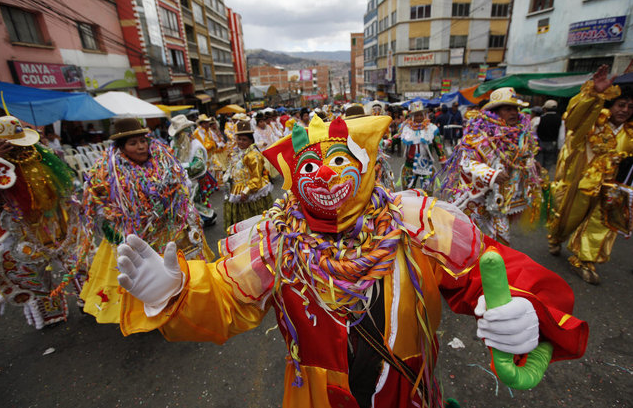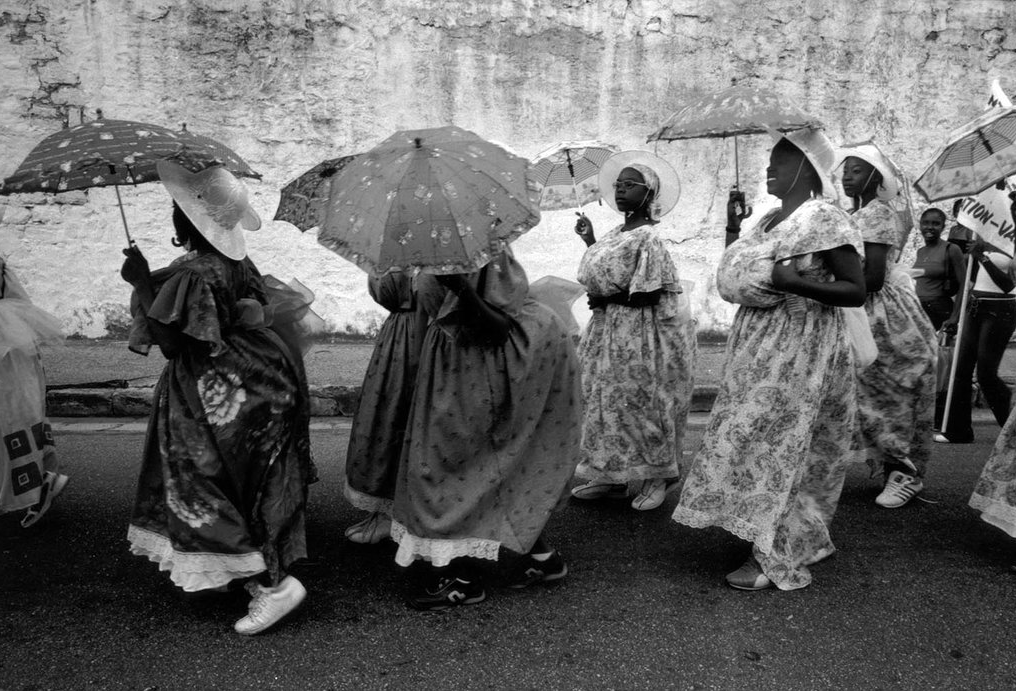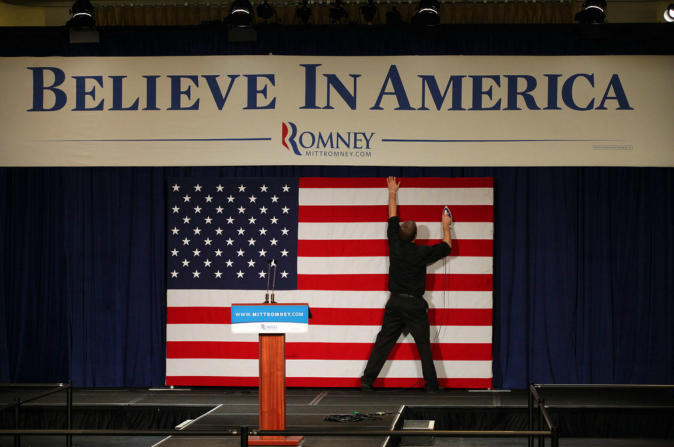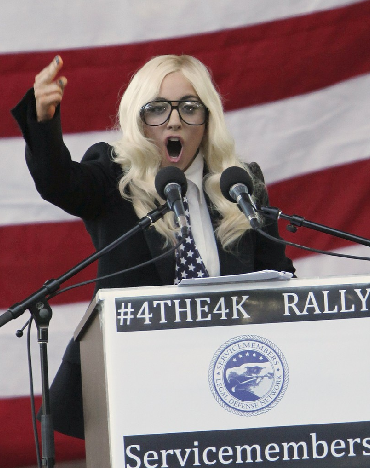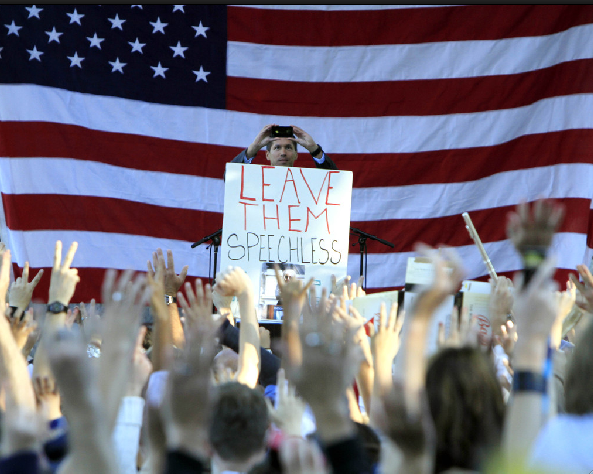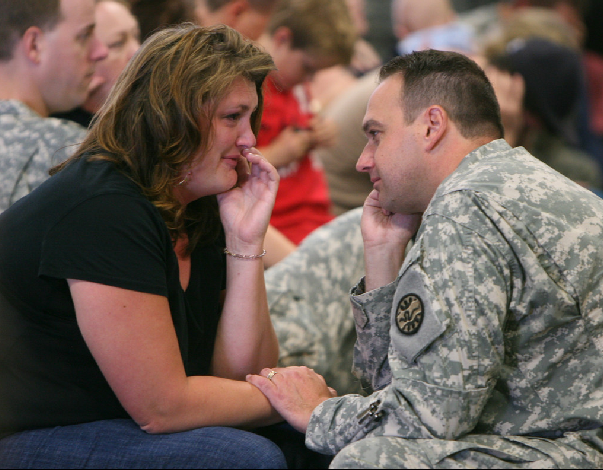Lent is upon us, and that means the Carnaval season, with its abundance of hyperbolic, bodily exaggerations and all around revelry that mark a world turned upside down. And, of course, there is a profusion of lavish colors; a coordination of fluorescent reds and yellows and blues and greens, all of which underscore the festive nature of the event, but more importantly accent the relief from the regular conventions and constraints of everyday life. Indeed, the combination of bodily excesses and explosions of color has made Carnaval a prime destination for photographers and every year the slide shows at all of the major news outlets comply by featuring a profusion of such images of the event in Brazil and around the world (see, e.g., here, here, and here). If one didn’t know better the regularity and regular similarities of such slide shows might appear to be motivated by a commercial interest in advertising La Paz or Rio de Janeiro and other similar locations as sites for tourists in search of an exotic holiday. What is missing, of course, is any sense for the history of the celebration or its close connection to nationalist sensibilities as it appears both naturalized and commodified.
But, of course, Carnaval is more than just a commercialized, global event designed to attract tourists with its outrageous revelry. And so we have this image from the celebration in a rural community in Trinidad.
Here too we have the appeal to bodily excess and exaggeration, and with it a marking (and mocking) of the conventions of everyday life, though the appeal is to a more localized history of colonial control. I am especially drawn to the tension between the exaggerated, historical costumes and the somewhat dainty parasols on the one hand, and the contemporary footwear on the other. I don’t know if those are Nikes or Adidas or some other internationally marketed running shoe, but they are as uniform as the rest of the costumes being paraded about, and both no doubt speak to the colonial influences that have been imposed upon Trinidad from abroad, both then and now. Few are likely to flock to rural Trinidad for an exotic vacation, but that doesn’t mean that the celebration of Carnaval that takes places there is any the less interesting or worthy of consideration.
But there is another point to be made, and it concerns the contrast between color and black and white photography. There was a time not so very long ago that one would rarely if ever see a color photograph in a newspaper or in most magazines (National Geographic would have been the most notable exception). That changed within the past twenty years or so, and now color photography has become something of the photojournalistic norm with black and white photographs relegated largely to the world of art photography. When black and white photographs were the norm, color photography underscored the ways in which the grey tones of black and white images were an artistic representation that was and was not the reality being displayed. And now that color photography has become more-or-less the norm, black and white photography operates in something of the same register, albeit in reverse, reminding us that the tonality of an image—and no less the tonality of the society that we are seeing—implicates and is implicated by the manner in which it is constructed and represented.
Photo Credits: Juan Karita/AP; Pablo Delano/Trinity College
